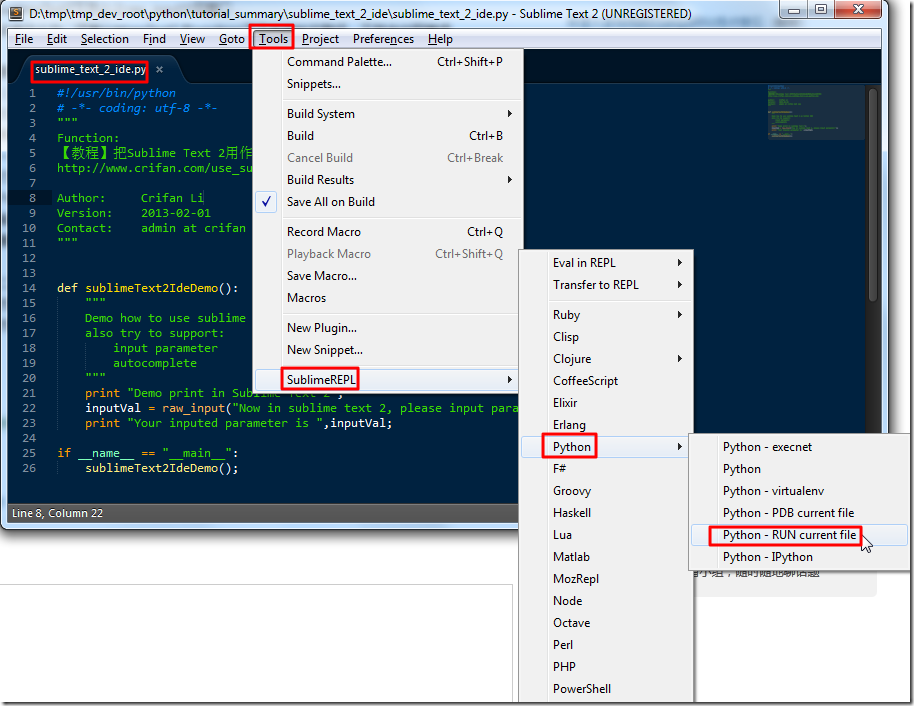

Python 3 has an easier syntax compared to Python 2.Ī lot of libraries of Python 2 are not forward compatible.Ī lot of libraries are created in Python 3 to be strictly used with Python 3. Python 2 has more complicated syntax than Python 3. In Python 3, the new Range() function was introduced to perform iterations. In Python 2, the xrange() function has been defined for iterations.

The value of variables never changes in Python 3. The values of global variables do change in Python 2 if they are used inside a for-loop. In Python 3, exceptions are enclosed in parentheses. In Python 2, exceptions are enclosed in notations. For instance, 7/2 yields 3.5 in Python 3. On the division of two integers, we get a floating-point value in Python 3. On the division of two integers, we get an integral value in Python 2. In Python 3, strings are stored as UNICODE by default. In Python 2, strings are stored as ASCII by default. In Python 3, print is considered to be a function and not a statement. In Python 2, print is considered to be a statement and not a function. Now that we have a solid understanding of the history of both the major versions of Python, let us take a look at the major difference between these two, that is, let us dive deep and understand which version wins in the competition: Python 2 Vs Python 3. In the end, efforts were made to make Python 3 support a lot of major functionalities which Python 2 offered, and in 2020, Python 2 saw its demise.ĭifference Between Python 2 and 3 Python 2 Vs 3 Therefore, the need for both versions of Python can be easily understood. Python 3 has a lot of rich libraries and can easily be integrated with other languages. However, over the course of time, Python 3 has been developed in a way to be suitable for a broad variety of fields like web development, data science, and analytics scripting, etc. Moreover, in order to work with configurations management tools like puppet or ansible, knowledge of both Python 2 and Python 3 was required. Firstly, a lot of industry code had been already written in Python 2, and therefore, completely migrating from Python 2 to Python 3 would have turned out to be a very time-consuming and difficult job. There were a variety of reasons as to why there were different versions of Python available. Why Are There Different Versions of Python? Given below is a timeline of the release of the various versions of the Python 3.X series:

Python 3 is backward incompatible and aims at eliminating the problems which new programmers face while learning a programming language. The introduction of Python was mostly surrounded with the motive that redundancy – writing repetitive code or writing the same piece of code again and again – should be removed from coding. Released in the year 2008, Python 3 was not just another version of Python 2 after debugging.


 0 kommentar(er)
0 kommentar(er)
